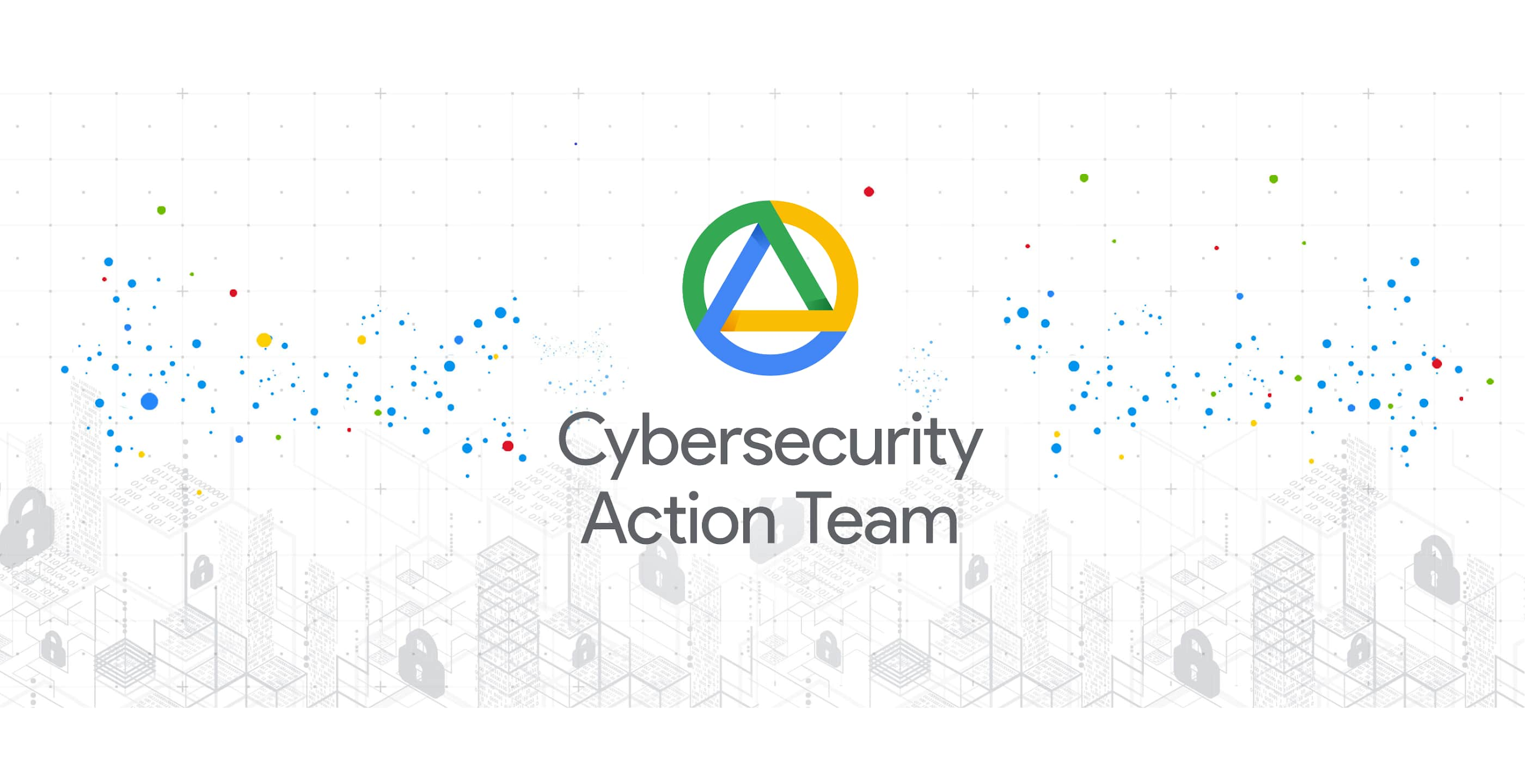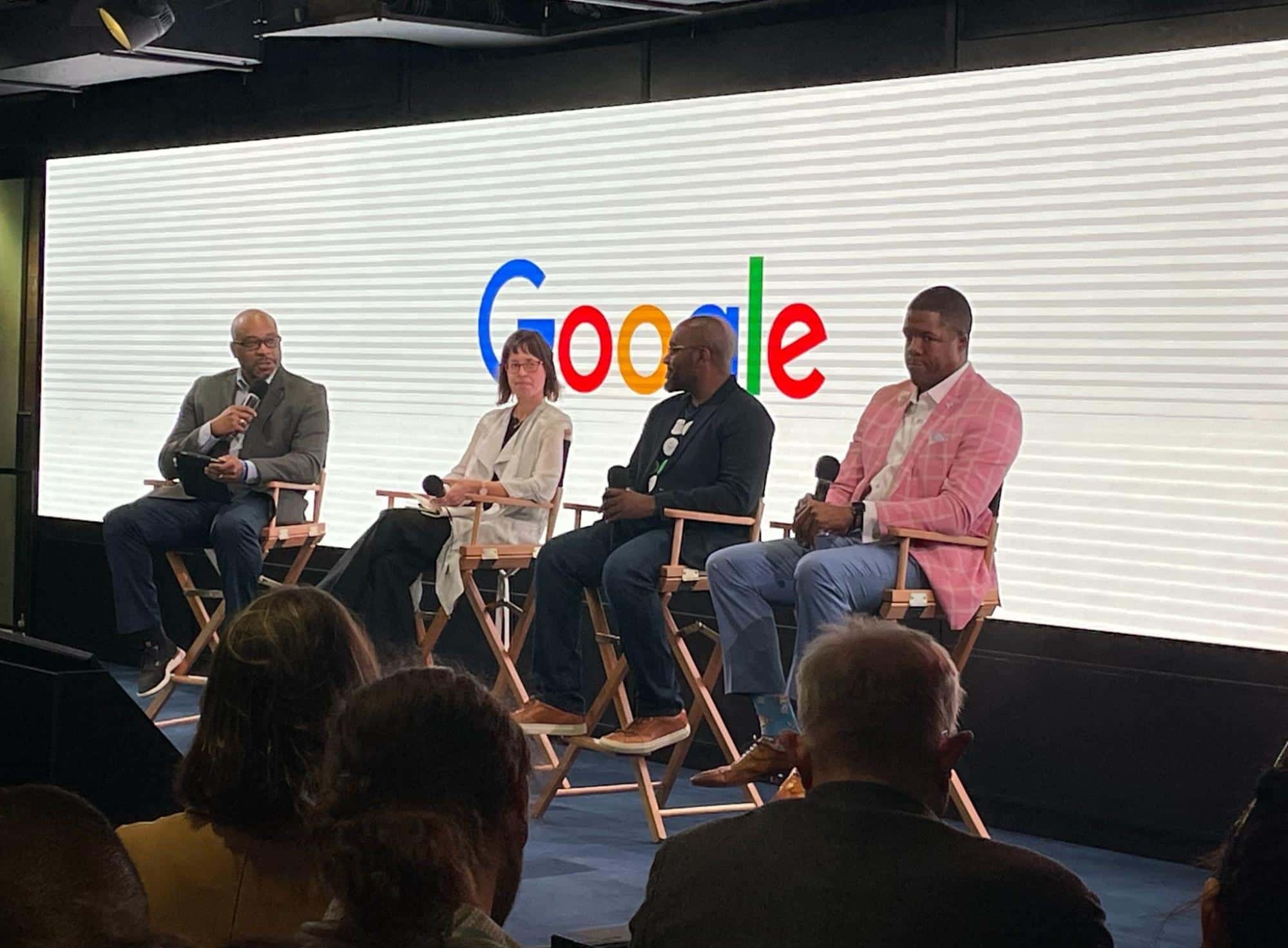Cloud CISO Perspectives: June 2022

Phil Venables
VP, TI Security & CISO, Google Cloud
June saw the in-person return of the RSA Conference in San Francisco, one of the largest cybersecurity enterprise conferences in the world. It was great to meet with so many of you at many of our Google Cloud events, at our panel hosted in partnership with Cyversity, and throughout the conference.
At RSA we focused on our industry-leading security products, but even more importantly on our goal to make (and encourage others to make) more secure products, not just security products.
And remember, we make this newsletter available on the Google Cloud blog and by email—you can subscribe here.
RSA Conference
Those of us who attended RSA from Google Cloud were grateful for the chance to connect in person with so many of our customers, partners, and peers from across the industry. Some key themes Google Cloud discussed at press, analyst, government and customer meetings at the conference included:
Digital sovereignty: How the cloud can be used to help organizations address and manage requirements around data localization, and achieve the necessary operational and software sovereignty. We believe that sovereignty is more than just meeting regulatory requirements. These principles can help organizations become more innovative and resilient while giving them the ability to control their digital future.
Defending against advanced threats: Organizations are operating against a backdrop of ever more advanced threats, and are looking to enhance their protection through capabilities like posture management and more pervasive implementation of Zero Trust capabilities. We also were focused on work to increase productivity and upskilling of threat management and security operations teams.
Threat intelligence: A big part of supporting customers is ongoing interest in how we can further curate and release threat intelligence through our various products and capabilities.
These themes point to what security and tech decision-makers are looking for: secure products overall, not just security products. This is the backbone of our “shared fate” philosophy at Google Cloud. We know that in today’s environment, we can reduce and prevent toil for our customers by prioritizing security first, and building secure capabilities into all our products and solutions.
As RSA brings together incredible people and organizations, we also took stock of work happening across the industry to grow a more diverse cybersecurity workforce. We had the opportunity to host a panel discussion at Google’s San Francisco office with Cyversity and UC Berkeley’s Center for Long-Term Cybersecurity, two organizations who are deeply committed to advancing diversity in our industry.


MK Palmore, Director, Office of the CISO at Google Cloud, moderates a panel on diversity and cybersecurity with Ann Cleaveland, UC Berkeley; Rob Duhart, Walmart; and Larry Whiteside, Jr., Cyversity. Photo courtesy MK Palmore.
One resounding takeaway was that diversity of background, experience, and perspective is vital for cybersecurity organizations to effectively manage risks, especially security risks.
As my colleague MK Palmore noted, so much of the threat landscape is about problem solving. This is why it’s imperative to bring different views and vantage points to address the most challenging issues. One way we can achieve this is through expanding the talent pipeline. Over one million cybersecurity positions go unfilled each year across the industry, so we need to actively introduce cybersecurity topics to students and new job seekers, including those who come to security from non-traditional backgrounds.
Progress requires a combination of private and public partnership, and organizations like Cyversity have established track records of providing women and individuals from underrepresented communities with the right resources and opportunities. As a company, Google is committed to growing a more diverse workforce for today and for the future.
Secure Products, not just Security Products
Security should be built into all products. We all should be focused on constantly improving the base levels of security in all products.
One recent example is in our recent guide on how to incorporate Google Cloud’s new Assured Open Source Software service into your software supply chain. Assured OSS can provide you with a higher assurance collection of the open source software that you rely on. Additionally, we are working hard across all of our developer tooling to embed security capabilities, such as Cloud Build, Artifact Registry, and Container/Artifact Analysis.
Google Cybersecurity Action Team Highlights
Here are the latest updates, products, services and resources from our cloud security teams this month:
Security
Mapping security with MITRE: Through our research partnership with the MITRE Engenuity Center for Threat-Informed Defense, we have mapped the native security capabilities of Google Cloud to MITRE ATT&CK. This can help customers with their adoption of Autonomic Security Operations, which requires the ability to use threat-informed decision making throughout the continuous detection and continuous response (CD/CR) workflow. Read more.
Two new BigQuery capabilities to help secure and manage sensitive data: Managing data access continues to be an important concern for organizations and regulators. To fully address those concerns, sensitive data needs to be protected with the right mechanisms so that data can be kept secure throughout its entire lifecycle. We’re offering two new features in BigQuery that can help secure and manage sensitive data. Now generally available, encryption SQL functions can encrypt and decrypt data at the column level; and in preview is dynamic data masking, which can selectively mask column-level data at query time based on the defined masking rules, user roles, and privileges.
Introducing Confidential GKE Nodes: Part of the growing Confidential Computing product portfolio, Confidential GKE Nodes make sure your data is encrypted in memory. GKE workloads you run today can run confidentially without any code changes.
Adding more granular GKE release controls: Customers can now subscribe their GKE clusters to release channels, so that they can decide when, how, and what to upgrade in clusters and nodes. These upgrade release controls can help organizations to automate tasks such as notifying their DevOps teams when a new security patch is available.
Detecting password leaks using reCAPTCHA Enterprise: We all know that reusing passwords is a risk. But as long as the password remains an unfortunately common form of account authentication, people will wind up reusing them. reCAPTCHA Enterprise’s password leak detection can help organizations warn their end-users to change passwords. It uses a privacy-preserving API which hides the credential details from Google’s backend services, and allows customers to keep their users’ credentials private.
Database auditing comes to Cloud SQL: This security feature can let customers monitor changes to their Google Cloud SQL Server databases, including database creations, data inserts, and table deletions.
DNS zone permissions: Our Cloud DNS has introduced in Preview a new managed zone permissions capability that can allow enterprises with distributed DevOps teams to delegate Cloud DNS managed zone administration to their individual application teams. It can prevent one application team from accidentally changing the DNS records of another application, and it also can allow for a better security posture because only authorized users will be able to modify managed zones. This better supports the principle of least privilege.
New capabilities in Cloud Armor: We’ve expanded Cloud Armor’s coverage to more types of workloads. New edge security policies can help defend workloads using Cloud CDN, Media CDN, and Cloud Storage, and filter requests before they are served from cache. Cloud Armor also now supports the TCP Proxy and SSL Proxy Load Balancers to help block malicious traffic attempting to reach backends behind these load balancers. We’ve also added features to improve the security, reliability, and availability of deployments, including two new rule actions for per-client rate limiting, malicious bot defense in reCAPTCHA Enterprise, and machine learning-based Adaptive Protection to help counter advanced Layer 7 attacks.
Industry updates
How SLSA and SBOM can help healthcare resiliency: Healthcare organizations continue to be a significant target from many different threats and we are helping the healthcare industry develop more resilient cybersecurity practices. We believe part of developing that resiliency in the face of rising cyberattacks are software bills of materials (SBOM) and Supply chain Levels for Software Artifacts (SLSA) framework. Securing the software supply chain is a critical priority for defenders and something Google is committed to helping organizations do, which we explain more in-depth in this deep dive on SLSA and SBOM.
Google Cloud guidance on merging organizations: When two organizations merge, it’s vital that they integrate their two cloud deployments in as securely a manner as possible. We’ve published these best practices that address some security concerns they may have, especially around Identity and Access Management.
Stronger privacy controls for the public sector: Google Workspace has added client-side encryption to let public agencies retain complete confidentiality and control over their data by choosing how and where their encryption keys are stored.
Compliance & Controls
Google Cloud security overview: Whether your organization is just getting started with its digital transformation or is running on a mature cloud, this wonderfully-illustrated summary of how Google Cloud security works is a great way for business and dev teams to help explain what Google Cloud security can do to make your organization more secure.
New commitments on processing of service data for Google Cloud customers: As part of our work with the Dutch government and its Data Protection Impact Assessment (DPIA) of Google Workspace and Workspace for Education, Google intends to offer new contractual privacy commitments for service data that align with the commitments we offer for customer data. Read more.
Google Cloud’s preparations to address DORA: Google Cloud welcomes the inter-institutional agreement agreed to by European legislators on the Digital Operational Resilience Act (DORA). This major milestone in the adoption of new rules designed to ensure financial entities can withstand, respond to, and recover from all types of information and communications technology-related disruptions and threats, including increasingly sophisticated cyberattacks. Read more.
Google Cloud Security Podcasts
We launched in February 2021 a new podcast focusing on Cloud Security. If you haven’t checked it out, we publish four or five podcasts a month where hosts Anton Chuvakin and Timothy Peacock chat with cybersecurity experts about the most important and challenging topics facing the industry today. This month, they discussed:
What good detection and response looks like in the cloud, with Dave Merkel and Peter Silberman, who lead managed detection and response company Expel. Listen here.
How Google runs “red team” exercises, with our own Stefan Friedli, senior security engineer. Listen here.
Anton and Timothy’s reactions to RSA 2022. Listen here.
How best to observe and track cloud security threats, with James Condon, director of security research at cloud security startup Lacework. Listen here.
And everything you wanted to know about AI threats but might’ve been afraid to ask, with Nicholas Carlini, research scientist at Google. Listen here.
To have our Cloud CISO Perspectives post delivered every month to your inbox, sign up for our newsletter. We’ll be back next month with more security-related updates.



